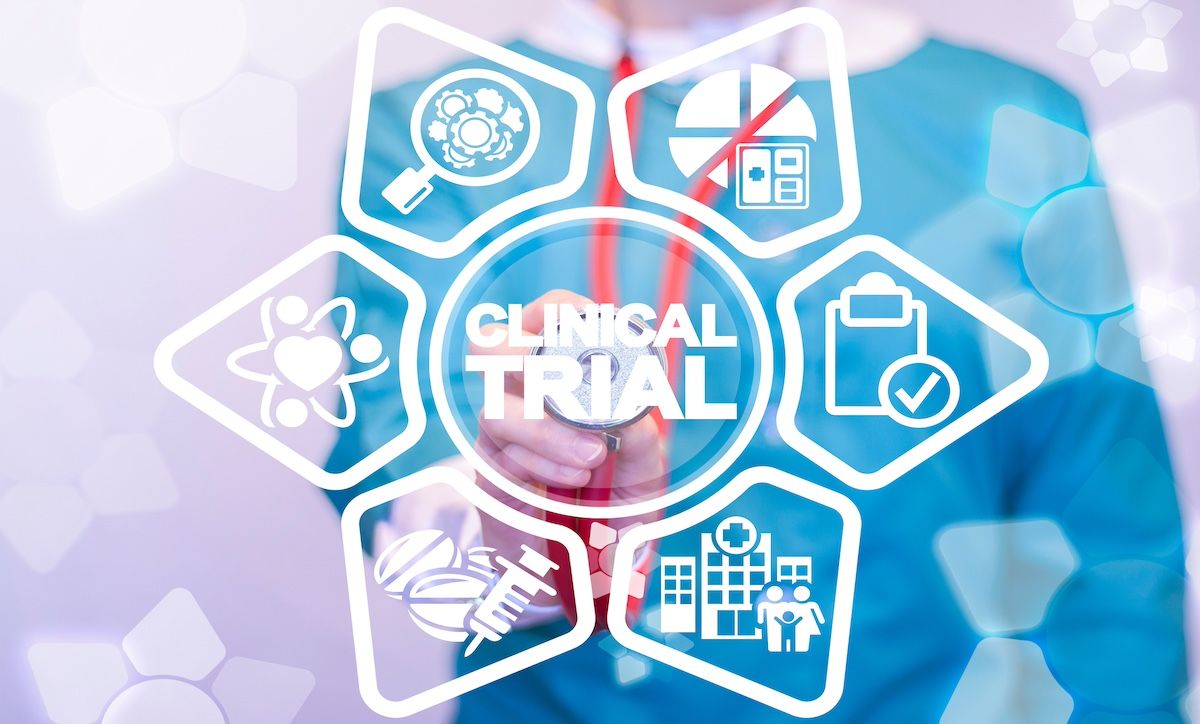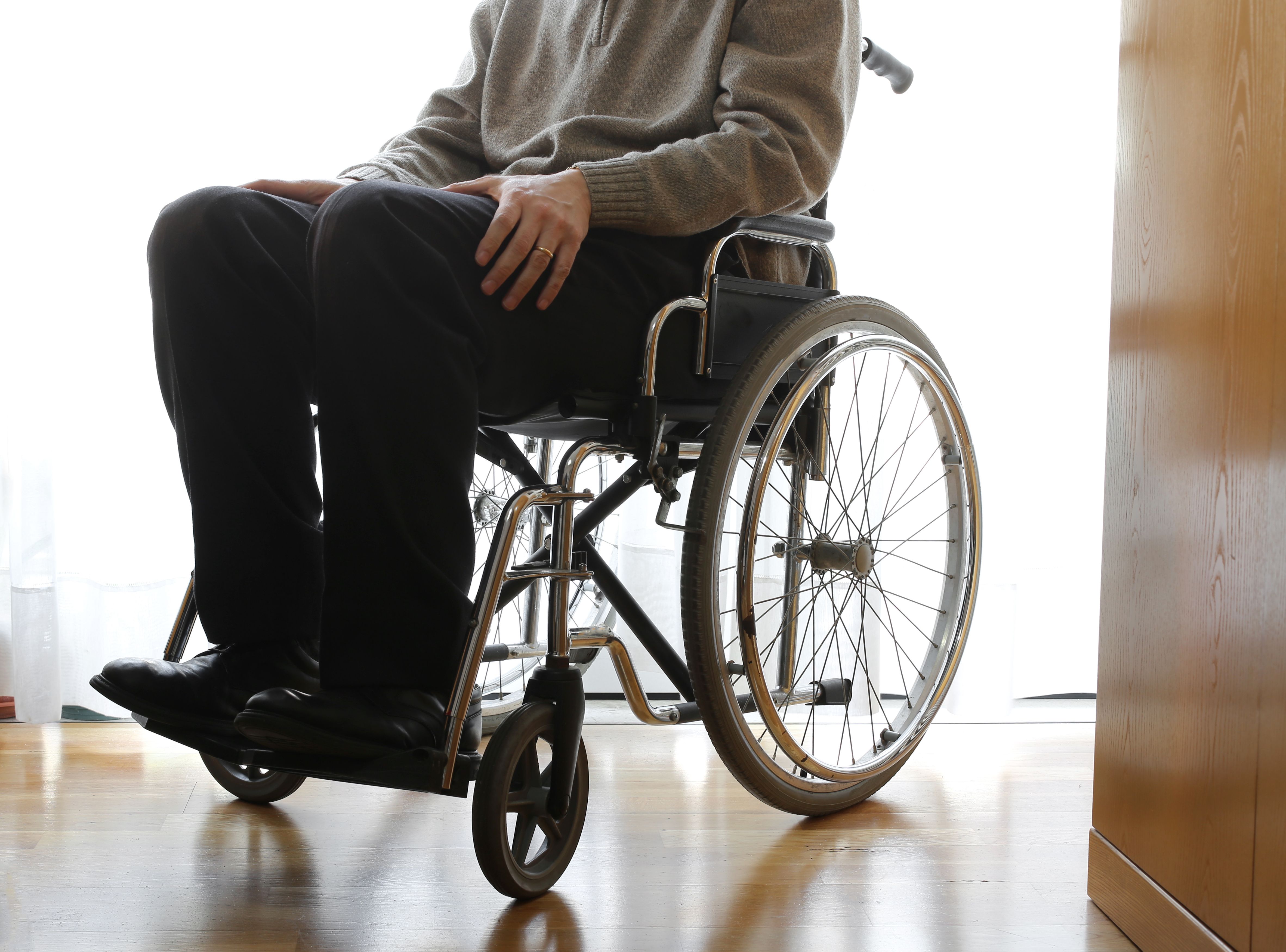News
Article
Improving Lung Cancer Clinical Trial Design: Tech Can Help, but Relationships Are Key
Author(s):
Speakers at the 2024 World Conference on Lung Cancer discussed the considerations that must go into designing and performing clinical trials in the early-stage lung cancer space, ranging from selecting an end point to empowering participants.
As the lung cancer treatment landscape continues to evolve, randomized clinical trials can employ new technologies and emerging end points to deliver evidence of efficacy in the early disease stages, according to speakers at the 2024 World Conference on Lung Cancer. They also emphasized the need to prioritize relationships with investigators, patients, and families in the clinical trial process.
Speakers emphasized the need to prioritize relationships with investigators, patients, and families in the clinical trial process. | Image Credit: © wladimir1804 - stock.adobe.com

Julie Brahmer, MD, MSc, of Johns Hopkins Sidney Kimmel Comprehensive Cancer Center, began the session with a discussion of selecting the right end points in order to design trials that matter. Historically, overall survival (OS) has been the gold standard, but end points of event-free survival (EFS), disease-free survival, and pathologic complete response are emerging with distinct advantages. For instance, EFS is easy to measure, clearly demonstrates efficacy, and is evident earlier than OS, but its surrogacy for OS is controversial. Pathologic complete response has shown a relationship with OS,1 but now investigations are examining whether it should be viewed as a binary outcome or a continuum.2
Other important end points can be measured across the lung cancer treatment journey, such as length of delay to surgery, tumor resectability, and postoperative mortality or length of stay. There are also end points that matter most to patients, such as long-term toxicities from treatment, as well as financial and time toxicity. Together, these end points can help determine optimal treatment strategies and settings.
“This is the most important question to ask, who should really get this therapy, and this is going to require better technology and enable us to embed [minimal residual disease] and deeper dives in complete pathological response and percent residual tumor volume,” Brahmer said.
Advanced technology is also needed to standardize clinical trial design from the perspective of the radiation oncologist, according to Noriko Kishi, PhD, of Kyoto University Graduate School of Medicine in Japan. In clinical trials, there can be variation across radiotherapy steps from imaging to treatment planning to treatment delivery, and those variations threaten the findings’ validity. A quality assurance process to ensure compliance with radiation therapy protocols is crucial because this compliance also affects OS.3
Quality assurance efforts will need to ramp up along with the increased imaging frequency of new adaptive radiotherapy protocols, and this can be aided by artificial intelligence–based technology like autosegmentation, Kishi said.
Next, Eric Lim, MBChB, MSc, MD, Royal Brompton Hospital, United Kingdom, provided some examples of challenging clinical trials he’s been involved in and the keys to smoothing the pathway. A successful trial starts with planning the key components, most notably choosing a principal investigator who’s “wired”—meaning they respond to emails in minutes, not days—and happy to share recognition with the other contributors. The design also needs to be pragmatic, meaning the protocol will fit into a clinical pathway, and adaptive, so it can be modified based on recruitment.
In the real world, a trial’s success or failure can be influenced not just by its research question but also its collaborators and global events. Lim said his experience on the VIOLET study, which involved a simple design with no competing interventions and brought together a collegial and friendly group of investigators, made him feel like Mr. Incredible. The RAMON study, on the other hand, had to be shut down after randomizing only 9 patients over 2 years, amid the shocks of COVID-19 and Brexit, leaving him feeling more like the evil villain Syndrome.
“The most important component in clinical trial design and success—apart from money, which makes the world go round—is friendship and harmony,” he closed.
Relationships are also the key to approaching patients with early-stage lung cancer about the decision to participate in a clinical trial, said Mary Duffy, AM, a lung cancer nurse at Peter Mac Callum Cancer Centre, Melbourne, Australia. In the upheaval of a cancer diagnosis, patients are overwhelmed just trying to make sense of it all, so the trial conversation should occur at a later date and account for what’s most important to the patient and their family. Clinical trials are a significant commitment in terms of travel, money, and time, so participation is not a decision that should be made lightly, and all the risks and benefits must be thoroughly explained.
Establishing a trusting relationship starts with just remembering a patient’s name and continues by using straightforward language tailored to the individual. A therapeutic alliance based on trust, caring, and respect will help improve the odds of adherence to the trial and, hopefully, better outcomes. Trial participation can also help patients take charge of their own cancer journey.
“That’s very important to give patients a sense of empowerment, that they actually contribute and are in a partnership equally with the treating clinicians,” Duffy said.
The session closed with a reminder from a patient advocate about the importance of getting these trials right so advances can be proven effective and can reach patients in need.
“Nobody is more invested in your success than the patient you are looking at,” said Denise Cutlip, who has lung cancer and is involved in reviewing grant development. “We need you to succeed—it is our very lives.”
References
1. Rosner S, Liu C, Forde PM, Hu C. Association of pathologic complete response and long-term survival outcomes among patients treated with neoadjuvant chemotherapy or chemoradiotherapy for NSCLC: a meta-analysis. JTO Clin Res Rep. 2022;3(9):100384. doi:10.1016/j.jtocrr.2022.100384
2. Deutsch JS, Cimino-Mathews A, Thompson E, et al. Association between pathologic response and survival after neoadjuvant therapy in lung cancer. Nat Med. 2024;30(1):218-228. doi:10.1038/s41591-023-02660-6
3. Brade AM, Wenz F, Koppe F, et al. Radiation therapy quality assurance (RTQA) of concurrent chemoradiation therapy for locally advanced non-small cell lung cancer in the PROCLAIM phase 3 trial. Int J Radiat Oncol Biol Phys. 2018;101(4):927-934. doi:10.1016/j.ijrobp.2018.04.015

The Importance of Examining and Preventing Atrial Fibrillation




